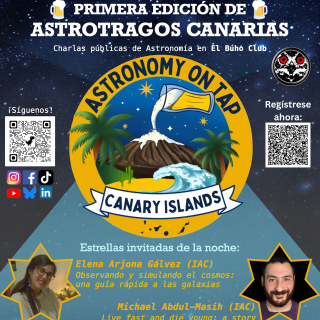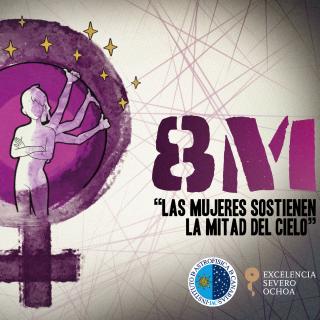Mañana viernes, 27 de noviembre, se clausura la X Canary Islands Winter School of Astrophysics, que se ha desarrollado durante dos semanas en la Facultad de Física y Matemáticas de la Universidad de La Laguna (Tenerife), organizada por el Instituto de Astrofísica de Canarias (IAC), con la colaboración de la Comisión Europea (Programa Marco TMR, Training and Mobility of Researchers) y la compañía Iberia.
Con esta Escuela Internacional de Astrofísica se han conmemorado 10 años de encuentro e interacción en Canarias entre jóvenes astrofísicos y profesores de prestigio procedentes de todo el mundo para estudiar conjuntamente temas astronómicos de actualidad.
El Prof. Francisco Sánchez, Director del IAC, recuerda que la Canary Islands Winter School of Astrophysics nació con el objetivo de lograr, cada año, una puesta al día en profundidad sobre un tema actual de gran interés astronómico. "El camino de la enseñanza –señala- es participativo: profesores y alumnos aprendiendo unos de otros, construyendo juntos la sistematización del conocimiento". Además, la visita a los Observatorios del Roque de los Muchachos (La Palma) y del Teide (Tenerife), que constituyen de hecho el Observatorio Norte Europeo, "resulta siempre enriquecedora –apunta Francisco Sánchez-. Cada año hay telescopios e instrumentos nuevos y, en un futuro próximo, contaremos con el Gran Telescopio CANARIAS (GTC), un telescopio óptico-infrarrojo de 10 metros de diámetro".
Para que este esfuerzo tenga una difusión general, las lecciones de cada Escuela de Invierno son publicadas en forma de libro por la editorial científica Cambridge University Press. "Diez años permiten ya una perspectiva: las opiniones de los participantes, así como las de los lectores de estas "revisiones anuales" de temas astrofísicos, son bastante positivas. Además de los días de convivencia en Canarias, han surgido proyectos y grupos de trabajo entre jóvenes y expertos, procedentes de países más y menos avanzados en Astronomía. Por todo ello, cuantos en el IAC trabajamos para que estas Escuelas de Invierno sean posibles, seguiremos esforzándonos en el empeño", concluye Francisco Sánchez.


